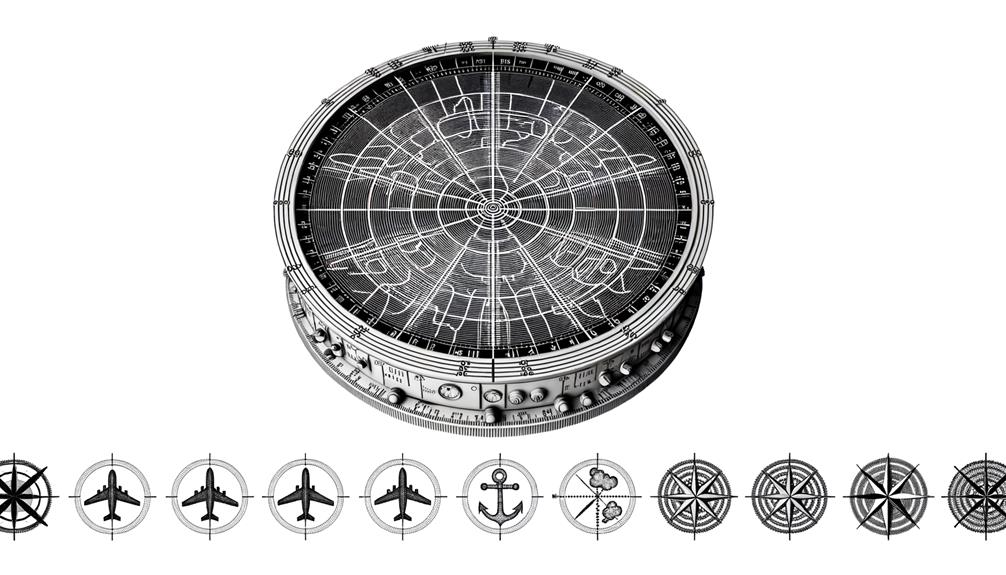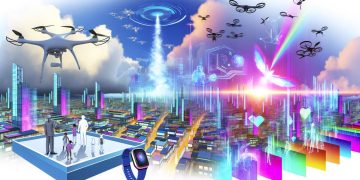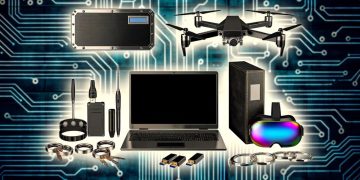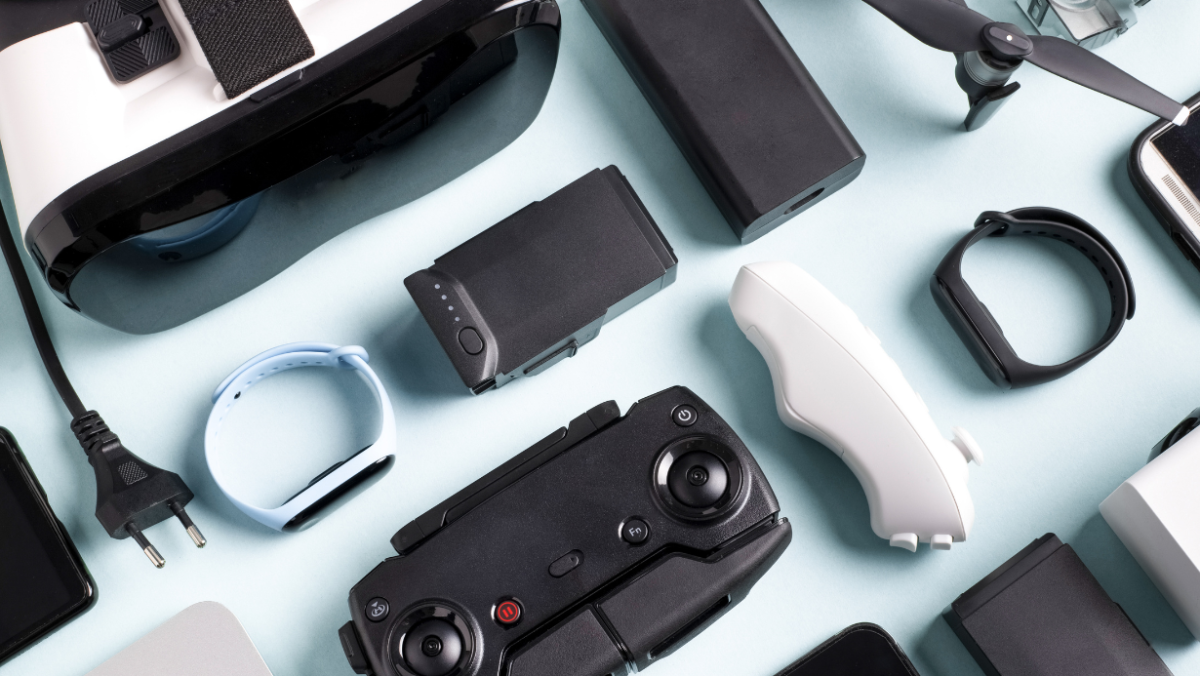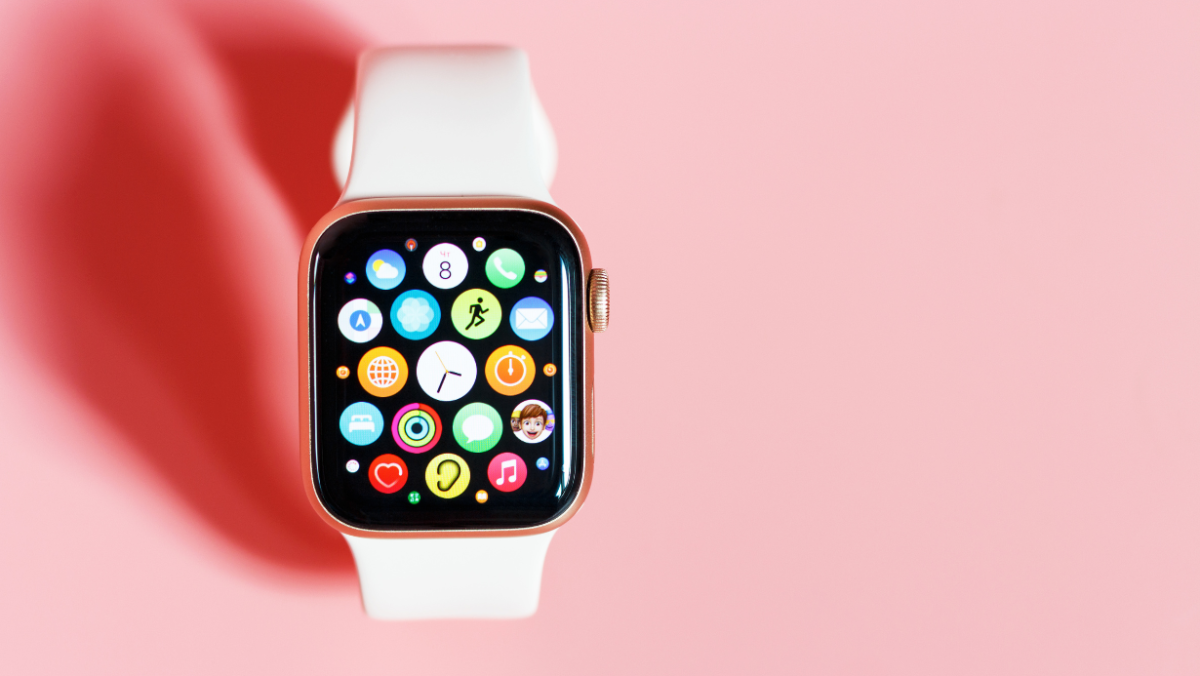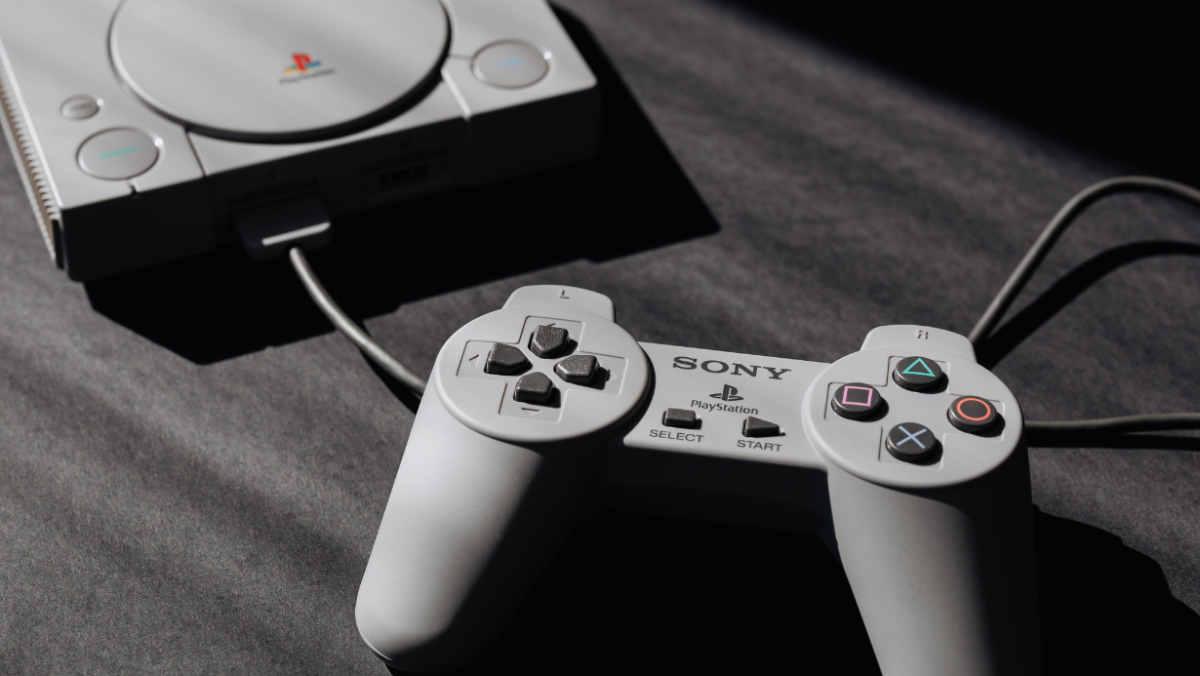Like a bat navigating the night, radar technology uses waves to probe the world. You’ve probably heard of it being used in aviation, meteorology, or even law enforcement, but have you ever stopped to ponder its intricate workings or its profound impact on modern life?
It’s a topic that’s as deep as it is wide, and by the end of our discussion, you’ll have a whole new appreciation for this unsung hero of technology.
You might be surprised by the places it’ll lead us.
Understanding the basics of radar
To truly grasp the significance of radar, it’s crucial to first understand its fundamental principles and workings. Radar, or Radio Detection and Ranging, is a system that uses radio waves to determine the range, angle, or velocity of objects. Think of it as a kind of electronic ‘eye’ that can ‘see’ through darkness, fog, and rain.
Here’s how it works. A radar system emits radio waves that travel out at the speed of light until they hit an object. Once they hit, they bounce back toward the radar system. The time it takes for the wave to return tells you how far away the object is. Pretty neat, right?
Plus, radar isn’t just about detecting objects. It’s also about determining what direction they’re moving in and how fast. By sending out a continuous stream of pulses and measuring how the return signal changes over time, you can figure out the object’s velocity.
Evolution and development of radar technology
Let’s dive into the fascinating journey of how radar technology has evolved and developed over the years. It’s been quite an adventure! You need to know that the radar we use today didn’t just magically appear. It’s a product of years of relentless research, trial and error, and breakthroughs.
In the early 20th century, radar was first used for military purposes. During WWII, radar systems were instrumental in detecting enemy aircraft, predicting weather conditions, and navigating ships. It wasn’t until the 1950s that radar began to be used for civilian purposes, specifically in air traffic control.
Fast forward a few decades, and radar technology underwent significant advancements. In the late 20th century, we saw the introduction of Doppler radar, which couldn’t only detect objects but also measure their speed. This was a game changer in weather forecasting and aviation.
In recent years, radar technology has become even more sophisticated. We’ve got phased array radars, which can scan large areas in just seconds. We also have synthetic aperture radar, which provides high-resolution images of the Earth’s surface. And we’re only getting started. The future of radar technology is as bright as ever!
Various applications of radar systems
From predicting weather patterns to navigating spacecraft, radar systems play a vital role in various industries and fields. Apart from meteorology, you’ll find radar systems being widely used in aviation and maritime industries.
In aviation, radar aids in air traffic control, allowing controllers to monitor aircraft in flight and on the ground. It’s instrumental in avoiding collisions and managing traffic efficiently. You mightn’t know it, but radar has a huge role in ensuring your flights are safe and punctual.
At sea, radar systems are key to maritime navigation. They help in identifying other vessels, thus preventing collisions. Radar’s also used in tracking the course and speed of other ships, which is especially crucial in foggy or stormy conditions.
Radar’s not just for Earth, though. In space exploration, it’s used for navigation and mapping the surface of planets and moons. Yes, even when we’re venturing into the vast unknown, radar’s there to guide us.
Lastly, radar’s critical in military operations, used for surveillance and target detection. It’s a game-changer in modern warfare, giving armies a significant advantage over their adversaries.
Radar’s role in weather forecasting
While you may be familiar with radar’s significance in aviation, maritime, and space exploration, it’s also the unsung hero in weather forecasting. Here’s how it works: radar sends out a signal that bounces off objects in the atmosphere. By interpreting the signal that comes back, meteorologists can analyze precipitation. They can tell not only where it’s raining, snowing, or hailing but also how heavy it is.
Radar also plays a crucial role in predicting severe weather conditions. It’s your guardian angel that warns you of incoming storms or tornadoes. It helps meteorologists track and predict the path of severe weather, giving you the much-needed time to react and prepare.
But it’s not just about predicting rain or shine. Radar technology helps in understanding weather patterns and climate change. It aids researchers in examining the intricate details of weather phenomena, contributing to climate science and helping us understand how our world is changing.
Importance and future of radar technology
Delving into the importance and future of radar technology, you’ll find that it’s not just a tool for today but a vital instrument for tomorrow’s advancements. It’s at the heart of the world’s navigation systems, helping ships, aircraft, and cars find their way. You rely on it, even if you’re not aware of it.
But why’s radar so crucial? Here’s the thing. Radar allows us to see where our eyes can’t. It pierces through darkness, heavy rain, dense fog, and even solid objects. This ability makes it indispensable for many professions, including meteorologists, pilots, and military personnel.
Yet, the story doesn’t end there. The future of radar tech looks even more exciting. Imagine self-driving cars navigating complex cityscapes or drones delivering packages, all thanks to radar. Scientists are even exploring its use in healthcare, where it could detect irregular heartbeats or monitor breathing.
Conclusion
So, now you’ve got the lowdown on radar. It’s not just a military tool, it’s vital in weather forecasting, navigation, and more. Its evolution has been a game-changer for numerous industries. The future? It’s bright for radar tech. As it continues to advance, expect to see it playing an even more significant role in our daily lives.
Truly, understanding and appreciating radar’s importance is key in our tech-driven world.

